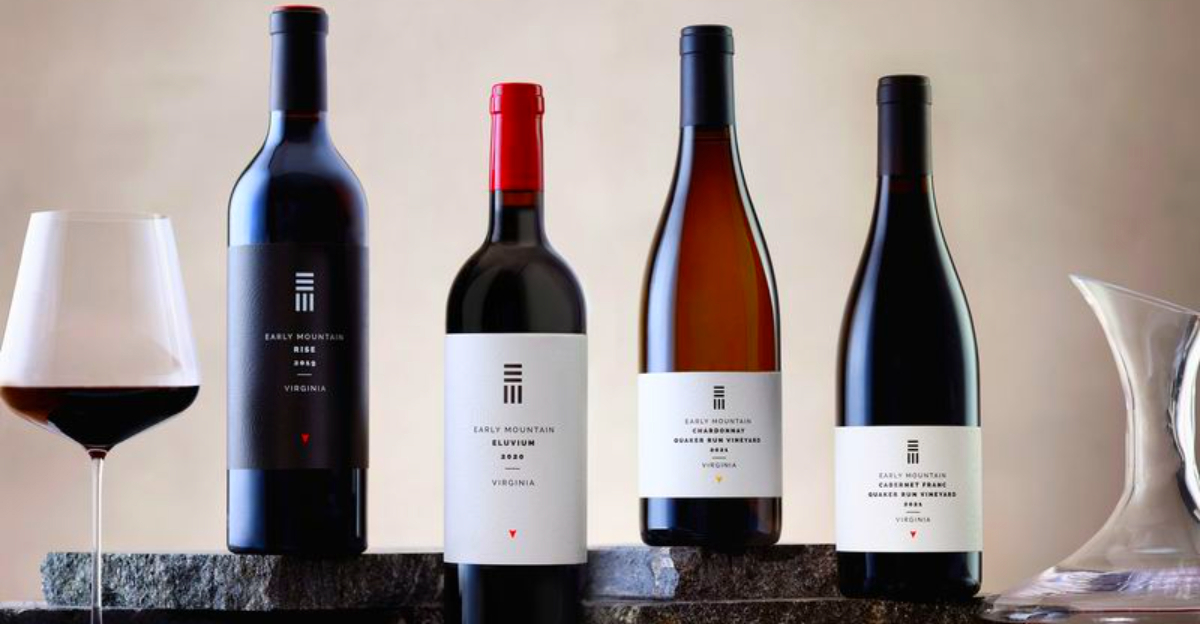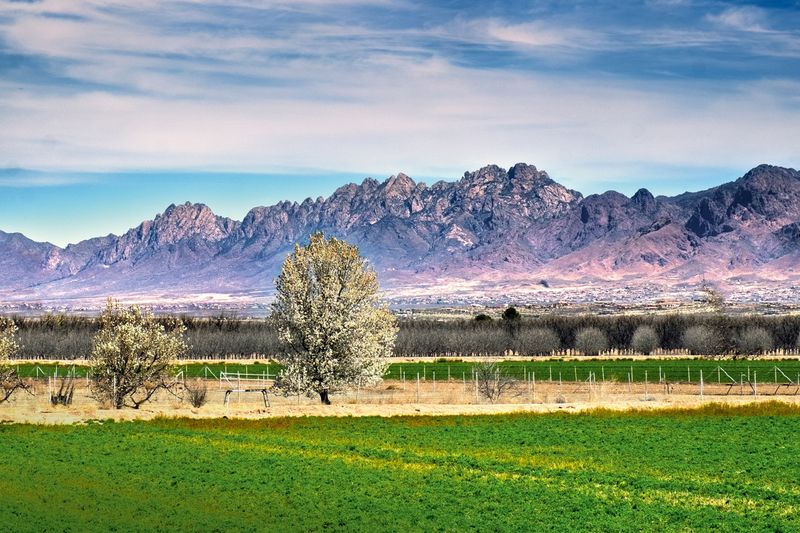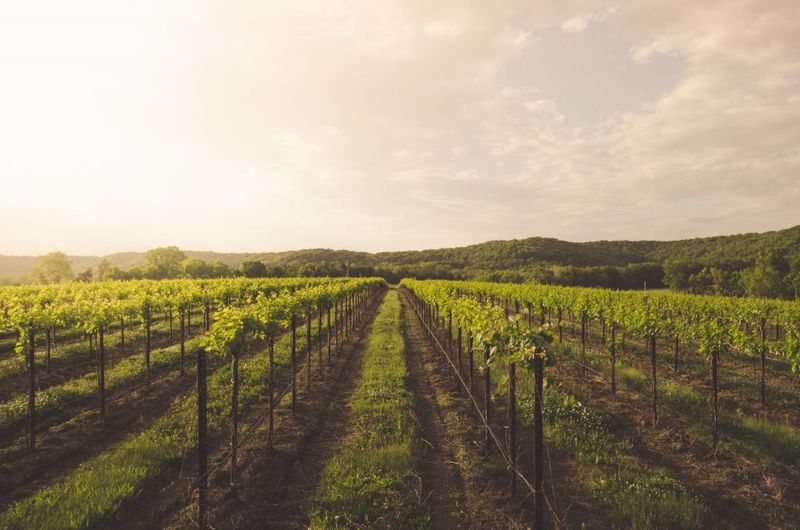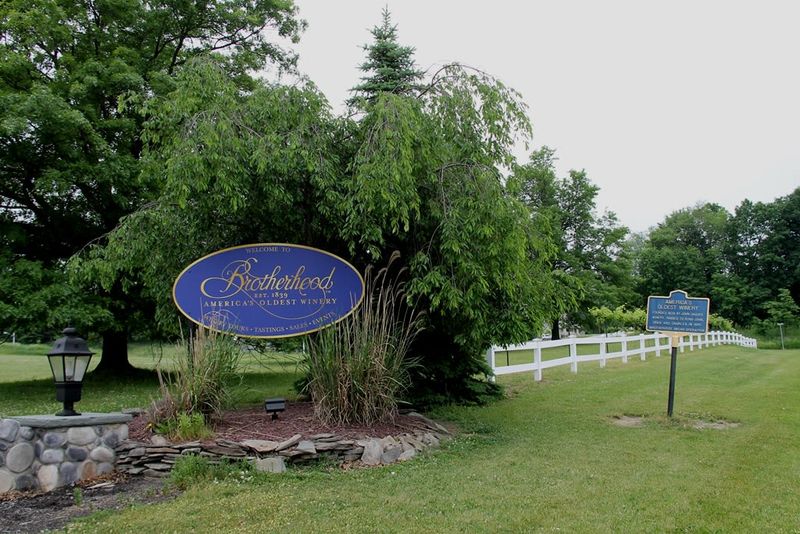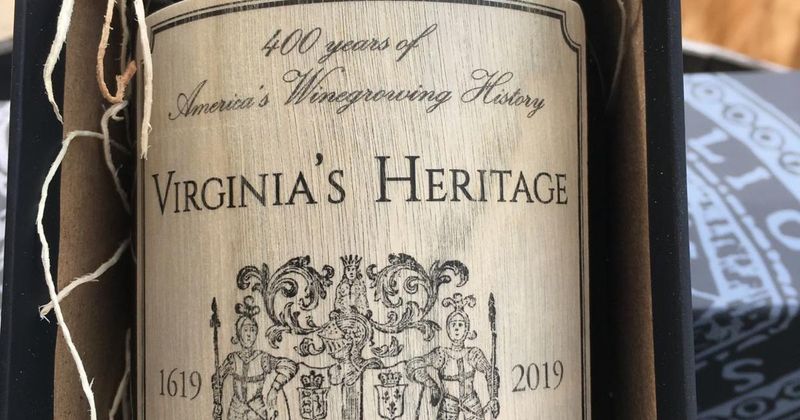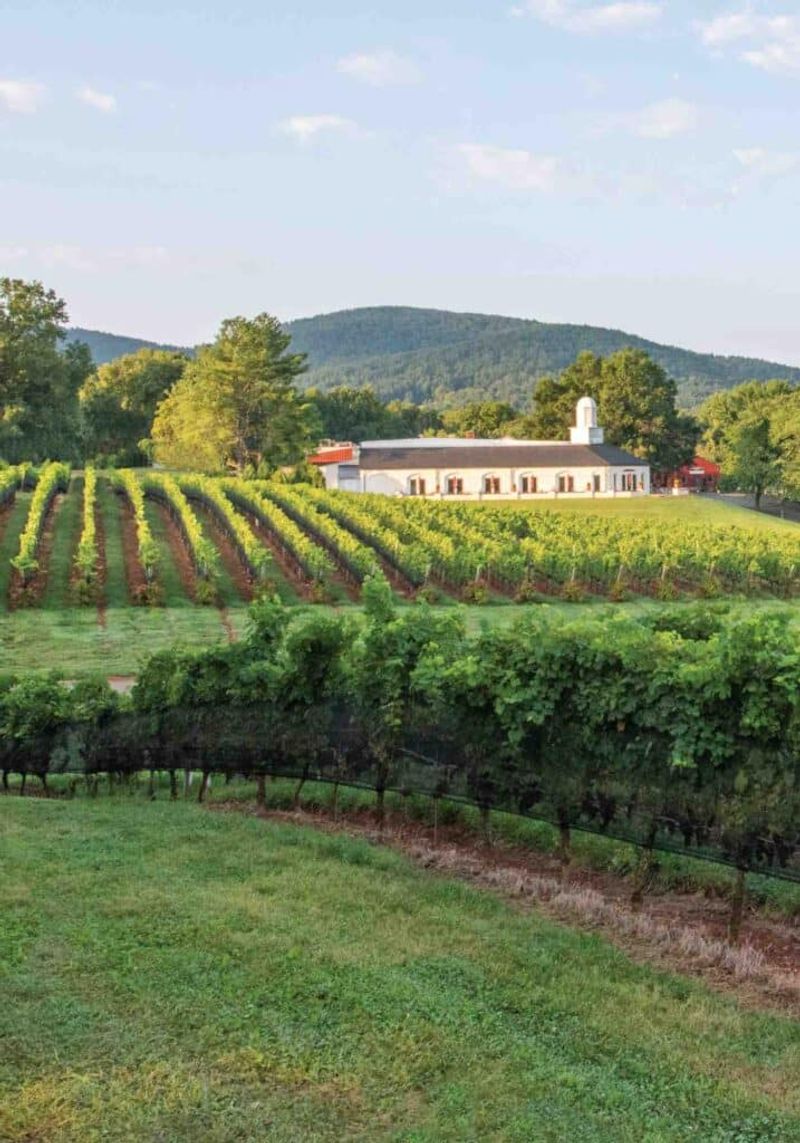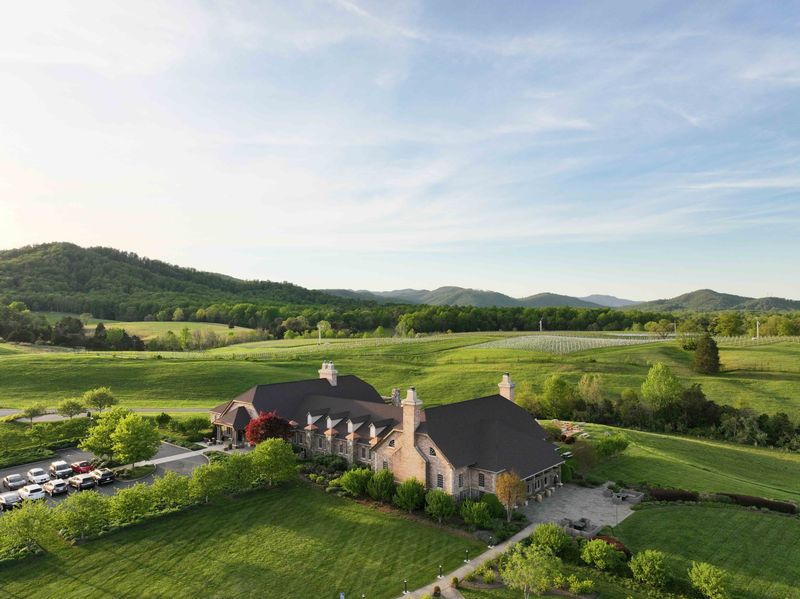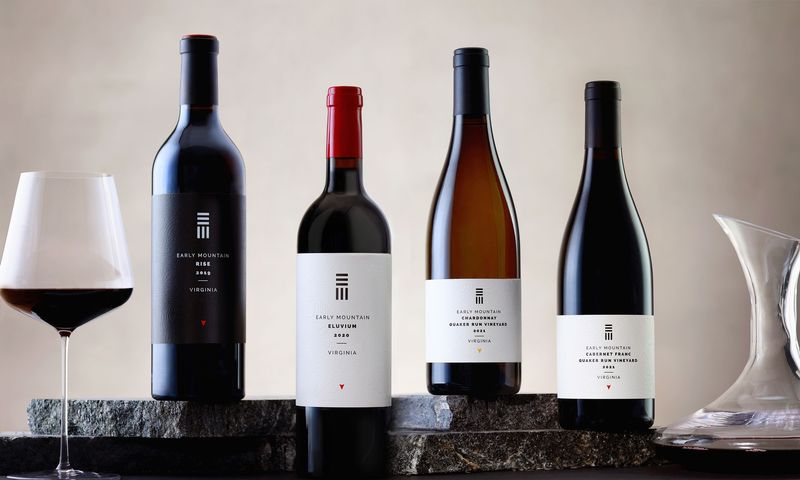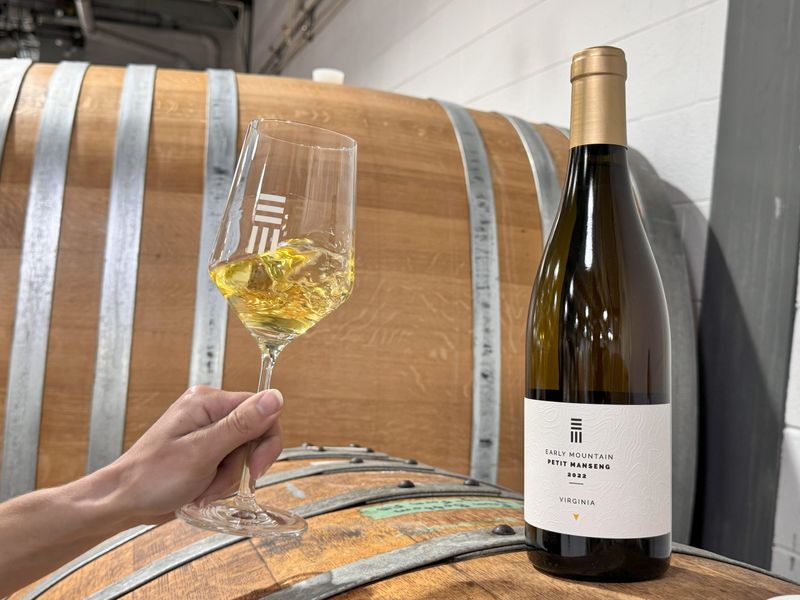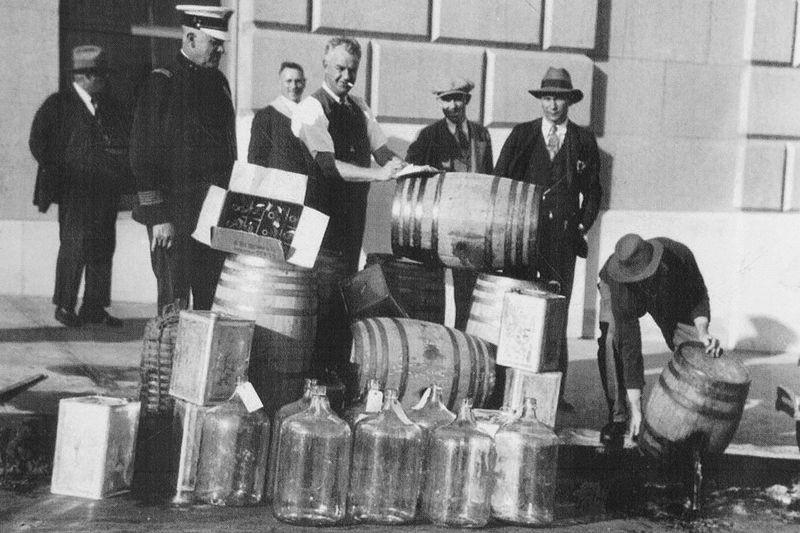Wine in America has roots far deeper than most people realize. Long before California became famous for its vineyards, early settlers and monks were planting grapes across the continent, from the Rio Grande to the Atlantic coast. Virginia’s story is especially fascinating, starting with a 1619 law that required colonists to grow vines, and now producing award-winning bottles that compete on the world stage.
1. The oldest U.S. wine region is New Mexico (1629)
Most people guess California when asked about America’s oldest wine region, but they’d be wrong by more than two centuries. Franciscan monks began planting mission grapes near what is now Socorro, New Mexico, in 1629, launching North America’s very first sustained winegrowing tradition.
These Spanish friars needed wine for religious ceremonies and quickly realized the Rio Grande valley offered decent conditions for their vines. The mission grapes they planted were hardy varieties brought from Europe, adapted to survive in challenging climates.
While New Mexico’s wine industry today is much smaller than California’s, those 1629 plantings earn it the official title of America’s oldest wine region.
2. Oldest doesn’t mean California—or even the first AVA
California may dominate wine production now, but it wasn’t first in everything. Augusta, Missouri actually became the very first American Viticultural Area in 1980—a full eight months before Napa Valley received its own AVA status.
An AVA is an officially designated grape-growing region with unique geographic and climatic features. Augusta’s German immigrant winemakers had been producing quality wine since the mid-1800s, and their historical legacy earned them this federal recognition.
So remember: oldest wine region, first AVA, and biggest producer are three completely different records. California wins on volume, but Missouri and New Mexico claim other important firsts in American wine history.
3. The oldest continually operating winery is in New York
Head to Washingtonville, New York if you want to visit America’s oldest winery that’s still making wine today. Brotherhood Winery has been producing commercial wine continuously since 1839, giving it nearly two centuries of unbroken operation.
Founded by a French Huguenot named Jean Jaques, the winery survived Prohibition by pivoting to sacramental wine production—a legal loophole that kept many wineries alive during those dry years. Its underground cellars, hand-dug into the hillside, still store aging wine in the same cool tunnels used over 180 years ago.
While other regions may claim older grape plantings, Brotherhood holds the record for longest-running commercial winemaking operation in the United States.
4. Virginia’s wine story is among America’s earliest
Back in 1619, Virginia’s House of Burgesses passed Acte 12, a law requiring every male householder to plant at least ten grapevines. This wasn’t just a suggestion—it was mandatory, showing just how serious early colonists were about establishing a wine industry in the New World.
European settlers desperately wanted to recreate the wine culture they’d left behind, and Virginia seemed like a promising place to try. Unfortunately, those early attempts struggled badly due to unfamiliar diseases, pests, and climate challenges that European vinifera grapes couldn’t handle.
Still, that 1619 law proves Virginia’s wine ambitions stretch back over 400 years, making it one of America’s earliest wine stories.
5. Jefferson tried—modern Virginians succeeded
Thomas Jefferson dreamed of making Virginia a major wine producer and spent decades experimenting with European grape varieties at his Monticello estate. Sadly, his vines rarely survived long enough to produce finished wine—disease, humidity, and pests defeated even his persistent efforts.
But Jefferson’s failures taught valuable lessons about site selection, drainage, and disease management that later generations would apply successfully. He kept detailed notes on which varieties struggled and why, creating a knowledge base for future Virginia vintners.
Today, Virginia boasts several thriving AVAs, including one named Monticello in Jefferson’s honor. Modern Virginians finally achieved what Jefferson couldn’t, proving his vision was simply ahead of its time.
6. So where does Early Mountain fit in?
Early Mountain Vineyards in Madison, Virginia showcases exactly what modern Virginia winegrowing can achieve. Jean and Steve Case purchased the property and relaunched it under the Early Mountain brand in 2012, transforming it into one of the state’s most celebrated wineries.
Nestled in the Blue Ridge foothills, Early Mountain benefits from ideal elevation, drainage, and temperature swings that help grapes develop complex flavors. The winery focuses on varieties that thrive in Virginia’s climate rather than fighting against it.
Within just over a decade, Early Mountain has racked up impressive awards and become a must-visit destination for anyone exploring Virginia wine country. Their success represents Virginia’s modern wine renaissance.
7. What to drink at Early Mountain: the Virginia shortlist
Virginia’s climate and soils favor certain grape varieties that handle humidity, temperature swings, and local growing conditions beautifully. Cabernet Franc, Viognier, Petit Verdot, and Petit Manseng have emerged as the state’s standout varieties, each producing wines with distinctive character.
Early Mountain farms and bottles many of these varieties, with a particular focus on Petit Manseng—a white grape originally from southwest France that loves Virginia’s conditions. This grape produces aromatic, food-friendly wines with bright acidity and honeyed fruit notes.
Rather than copying California or Europe, Virginia winemakers have embraced varieties that work naturally in their environment, creating a unique regional style that’s gaining national recognition.
8. Recent bona fides: medals for Petit Manseng
Early Mountain’s 2022 Petit Manseng has earned top recognition at major international competitions, including the prestigious Decanter World Wine Awards. These aren’t local participation trophies—they’re global competitions where Virginia wines compete directly against bottles from France, Italy, Australia, and California.
Winning medals at this level sends a clear message: Virginia whites can hold their own on the world stage. Petit Manseng’s natural acidity, aromatic complexity, and food-pairing versatility make it particularly impressive to international judges.
For travelers and wine lovers, these awards serve as proof that Virginia has evolved from Jefferson’s failed experiments into a serious, quality-driven wine region producing bottles worth seeking out.
9. How to stitch the story together for travelers
Here’s how America’s wine story fits together: New Mexico claims the oldest sustained wine region with those 1629 mission plantings near Socorro. Missouri’s Augusta became the first official AVA in 1980, beating Napa by eight months. New York’s Brotherhood Winery holds the record for oldest continuously operating winery since 1839.
Virginia bridges early colonial ambition with modern success—that 1619 law requiring vine planting shows centuries-old commitment, while today’s thriving wineries prove the dream finally came true.
To taste Virginia’s modern achievement, visit Early Mountain Vineyards in Madison, tucked into the Blue Ridge foothills where history and award-winning wine come together in every glass.
